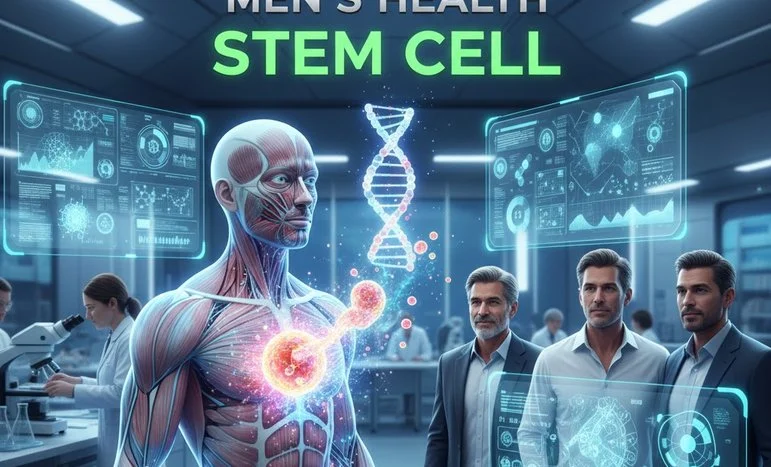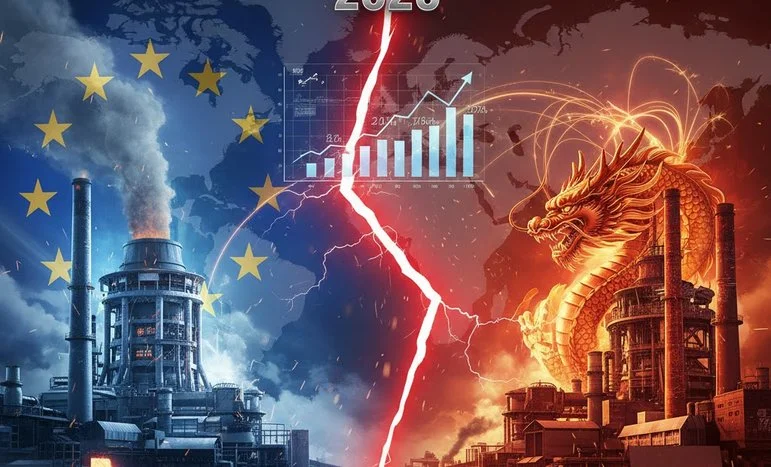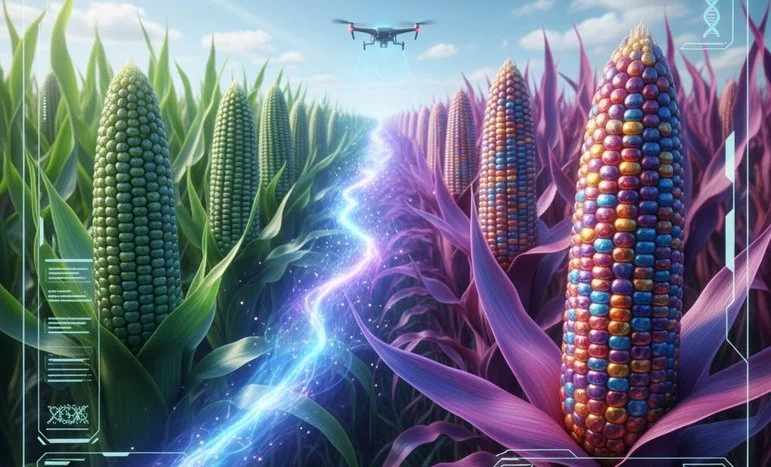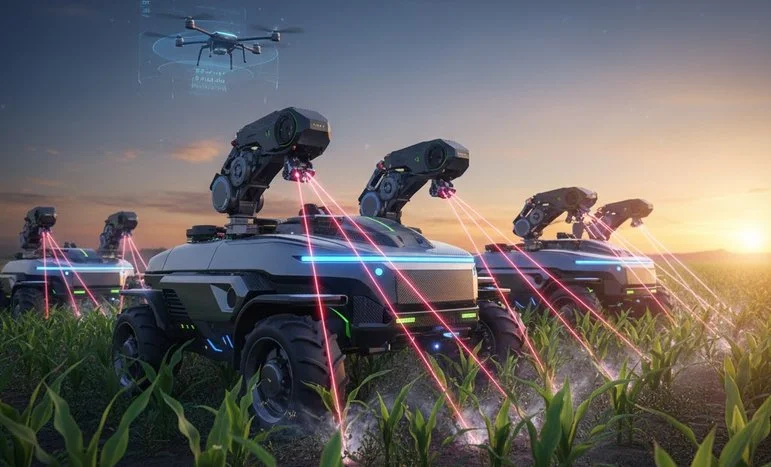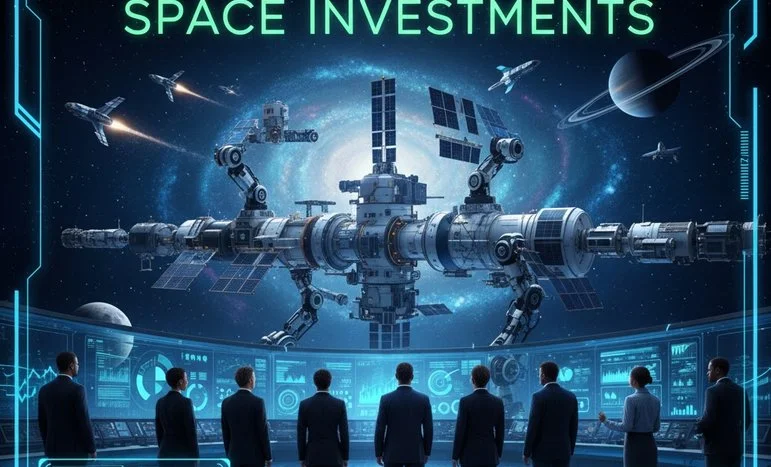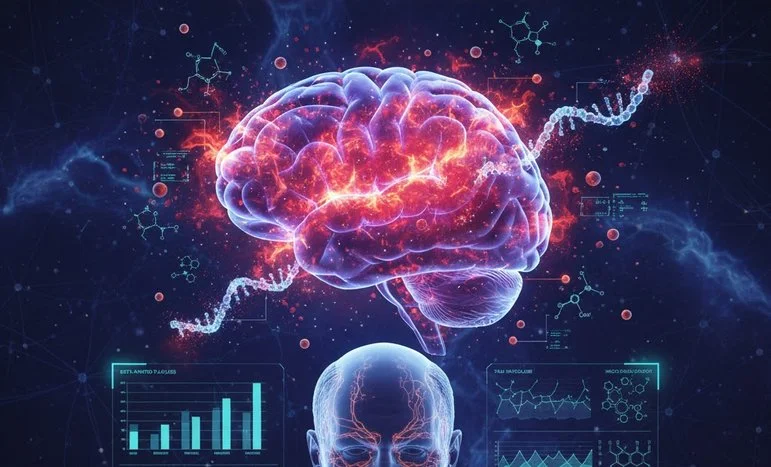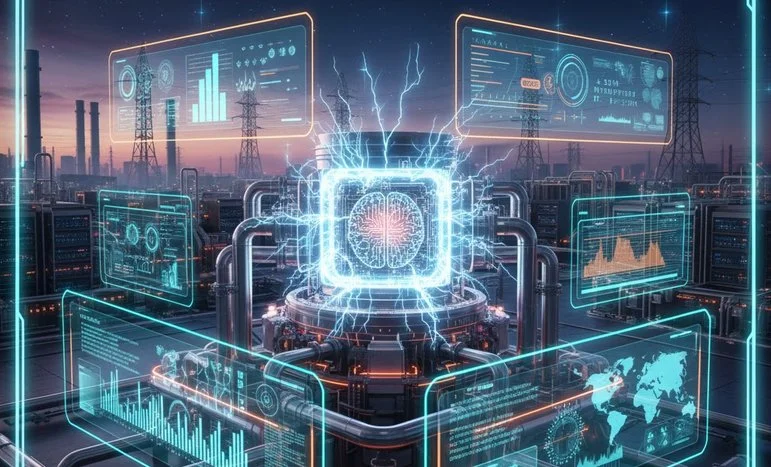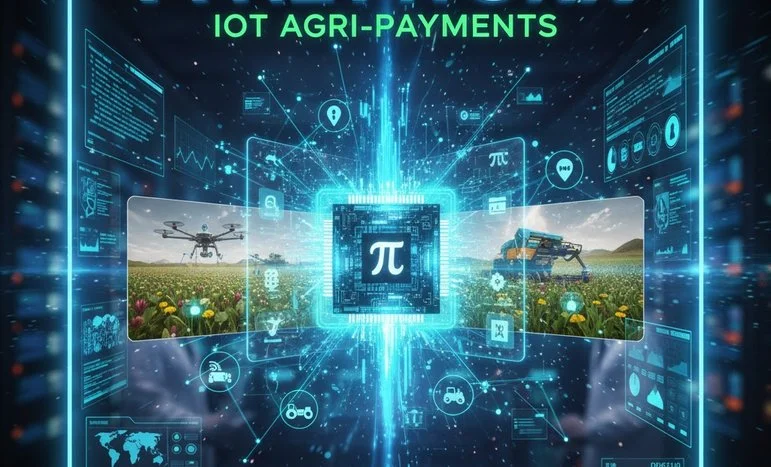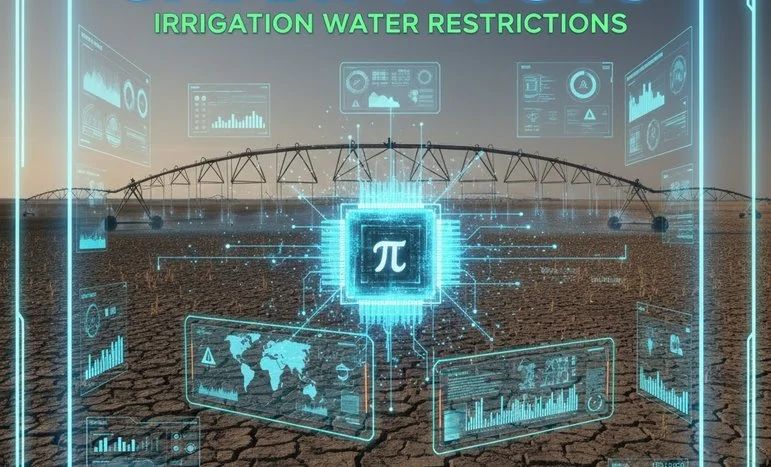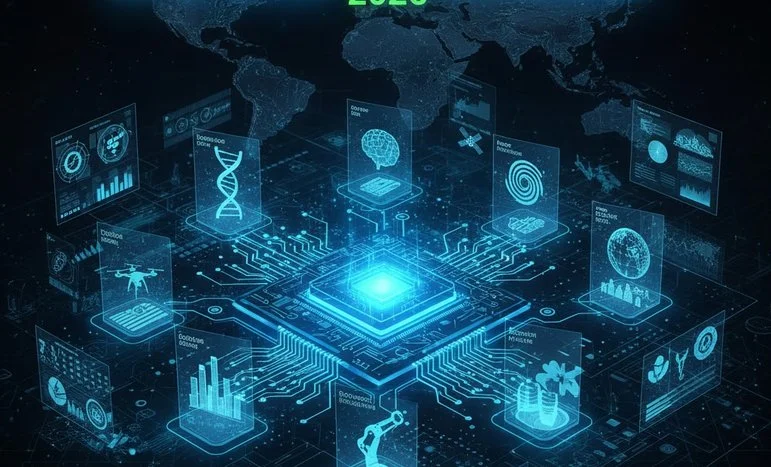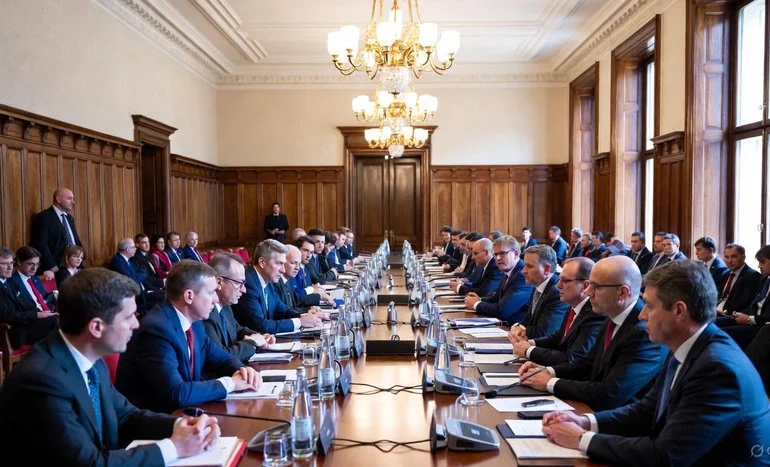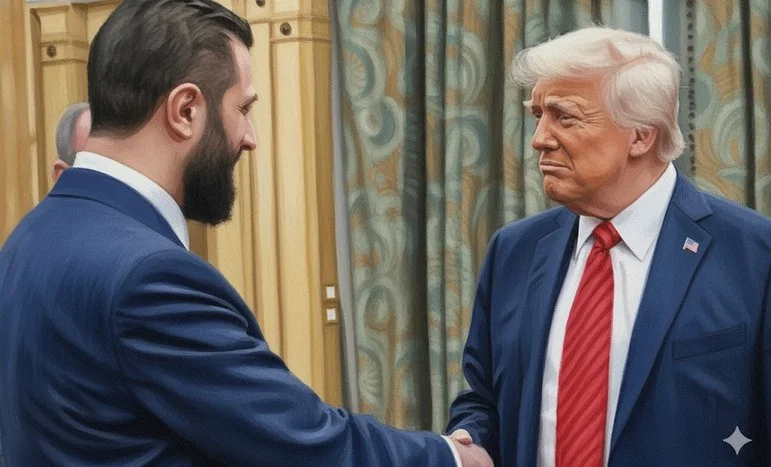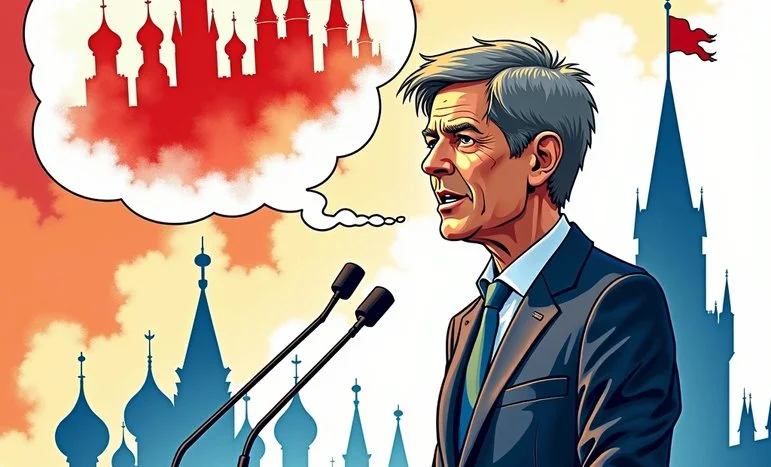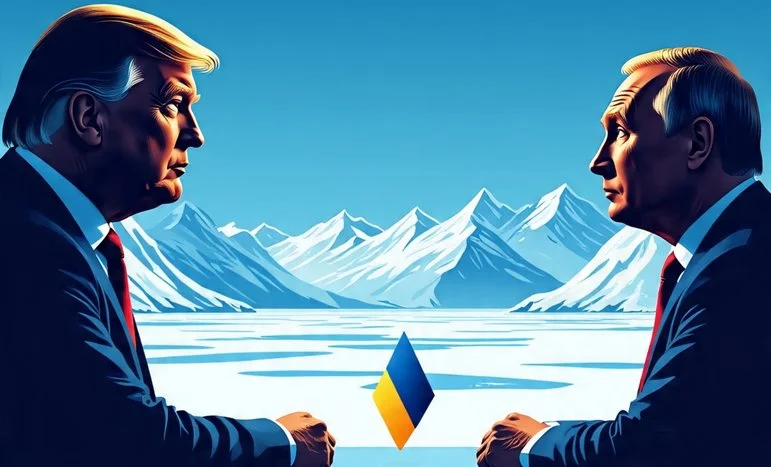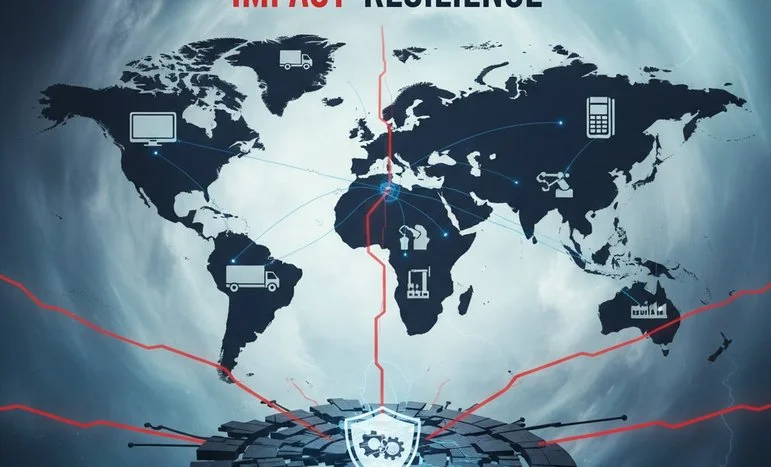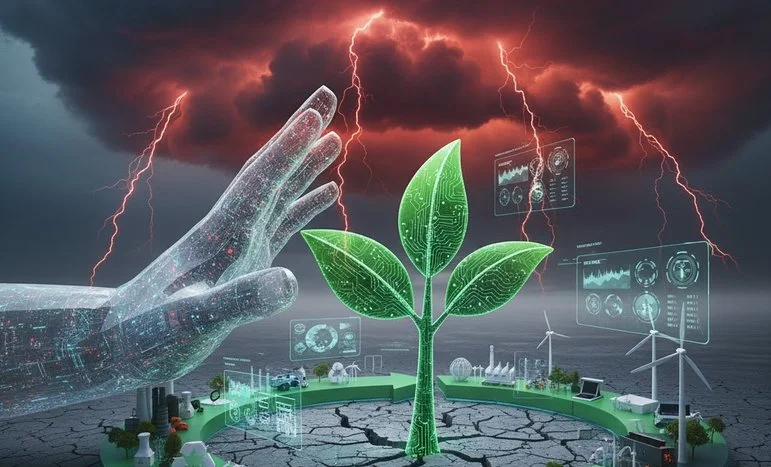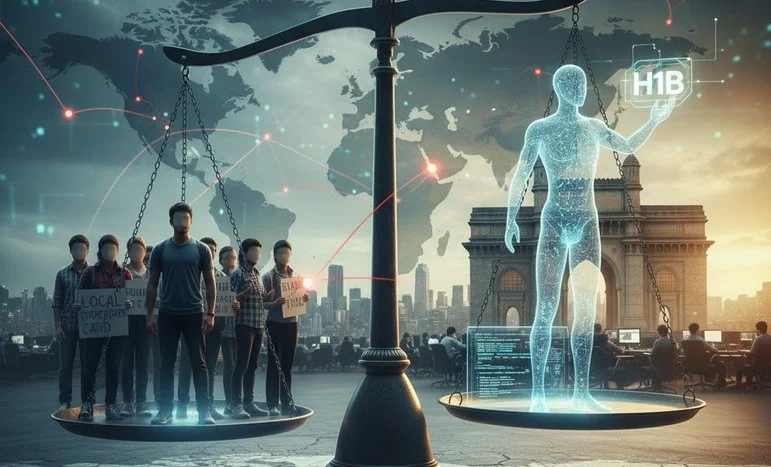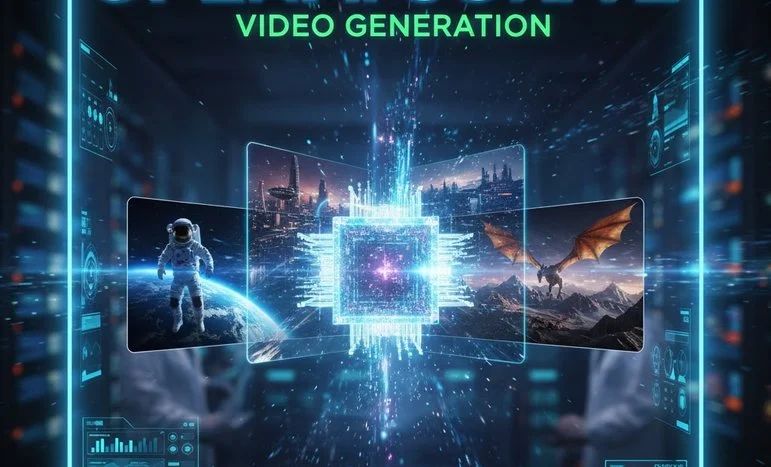
OpenAI’s Sora 2 Launches with Advanced Video Generation
OpenAI’s Sora 2 Redefines AI Video Generation
OpenAI has launched Sora 2, the next-generation AI video model that significantly advances synthetic video creation. With this release, the company strengthens its leadership in multimodal generative intelligence, integrating text, image, and video understanding into a single, coherent framework.
The original Sora, introduced earlier in 2024, astonished audiences by generating realistic short video clips directly from text prompts. However, Sora 2 moves beyond realism — it introduces contextual continuity, emotionally expressive scenes, and cinematic control, marking a major milestone in AI-driven storytelling.
The Evolution from Sora to Sora 2
OpenAI’s first version of Sora proved that AI could “imagine motion.” But Sora 2 brings in an entirely new dimension: AI that understands physics, pacing, and narrative flow.
The improvements include:
- Physics-Aware Dynamics: Sora 2 models interactions between light, gravity, and material texture with unprecedented precision. A falling leaf, a splash of water, or a dancer’s spin now behaves according to real-world mechanics.
- Extended Video Lengths: Videos can now reach several minutes with smooth scene transitions and maintained consistency across frames.
- Character Memory: Characters introduced early in a video retain identity, expressions, and emotional states throughout the sequence.
- Multimodal Prompting: Users can combine text, still images, audio cues, or sketches to guide scene creation — allowing filmmakers, marketers, and educators to produce content interactively.
Industry Impact and Creative Possibilities
The launch of Sora 2 represents a turning point for creative industries and visual communication. For filmmakers and studios, it offers:
- Previsualization Power: Directors can simulate entire storyboards or scenes before production begins.
- Accessibility: Independent creators and small businesses can now produce professional-grade cinematic sequences without large budgets.
- Rapid Iteration: Concepts, advertisements, and educational visualizations can be generated, tested, and refined in hours instead of weeks.
OpenAI emphasizes that Sora 2 is not a replacement for human creativity but a collaborative amplifier — a tool that extends imagination and reduces technical barriers to expression.
Ethical Considerations and Safeguards
Given the growing debate around synthetic media and misinformation, OpenAI has integrated advanced content authenticity systems into Sora 2.
These include:
- Watermarking and Metadata Tagging: Every frame generated by Sora 2 carries cryptographic markers for traceability.
- Usage Restrictions: The model blocks generation of realistic depictions of known individuals, violent acts, or misleading political content.
- Transparency Tools: Partnerships with verification organizations allow automatic detection of AI-generated videos across platforms.
These measures align with OpenAI’s broader goal of developing safe and responsible AI technologies that can coexist with human-led creativity.
Competitive Landscape
The timing of Sora 2’s release is crucial. In 2025, AI video generation is among the most competitive domains in tech, with major players like Google DeepMind’s Veo, Runway Gen-3 Alpha, and Pika Labs’ DreamFX entering the market.
However, OpenAI maintains an edge through:
- Its deep integration with ChatGPT and DALL·E ecosystems.
- Cross-modal capabilities that let users write a script in ChatGPT and instantly visualize it using Sora 2.
- Collaboration-ready APIs for Adobe Premiere, Unreal Engine, and DaVinci Resolve, bridging AI and professional post-production.
This seamless pipeline positions OpenAI not only as a model provider but as an AI media infrastructure company — one that could redefine how visual content is conceptualized and produced.
The Technology Behind Sora 2
At its core, Sora 2 operates on a multimodal transformer architecture trained on paired video-text datasets and synthetic simulations. The model leverages spatiotemporal diffusion and motion vector prediction to ensure fluidity and coherence.
Its architecture enables:
- Temporal Reasoning — understanding cause and effect within dynamic scenes.
- 3D Space Awareness — maintaining perspective consistency across camera movements.
- Prompt Fusion — combining multiple sources of input into a unified generative direction.
Such capabilities make Sora 2 not merely a generator but a creative reasoning engine, capable of crafting stories grounded in motion, emotion, and physics.
Broader Implications for Society
The launch raises important questions about the future of authenticity, intellectual property, and the meaning of creativity itself. As generative AI tools become more capable, societies must adapt norms for digital ownership, labor, and artistic credit.
Sora 2’s design acknowledges this tension: OpenAI has partnered with creators, educators, and legal experts to ensure ethical deployment. While automation will disrupt some roles in production, it will also spawn new professions — AI video directors, dataset curators, and generative art ethicists.
Sora 2 is not just an upgrade — it is a redefinition of visual imagination. By merging physics, emotion, and narrative continuity, OpenAI has built a model that narrows the gap between text and cinematic expression.
For creators, educators, and innovators, Sora 2 offers a glimpse into a near future where anyone can describe a vision — and watch it unfold in motion.
It signals both a technological triumph and a cultural challenge, asking humanity to decide how to wield machines that dream in moving pictures.
We appreciate that not everyone can afford to pay for Views right now. That’s why we choose to keep our journalism open for everyone. If this is you, please continue to read for free.
But if you can, can we count on your support at this perilous time? Here are three good reasons to make the choice to fund us today.
1. Our quality, investigative journalism is a scrutinising force.
2. We are independent and have no billionaire owner controlling what we do, so your money directly powers our reporting.
3. It doesn’t cost much, and takes less time than it took to read this message.
Choose to support open, independent journalism on a monthly basis. Thank you.

